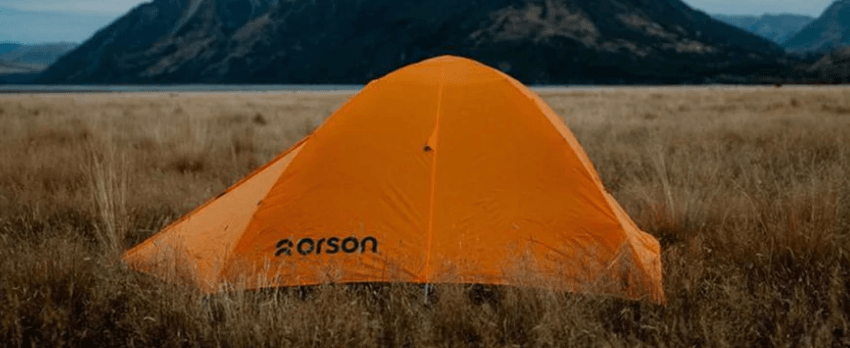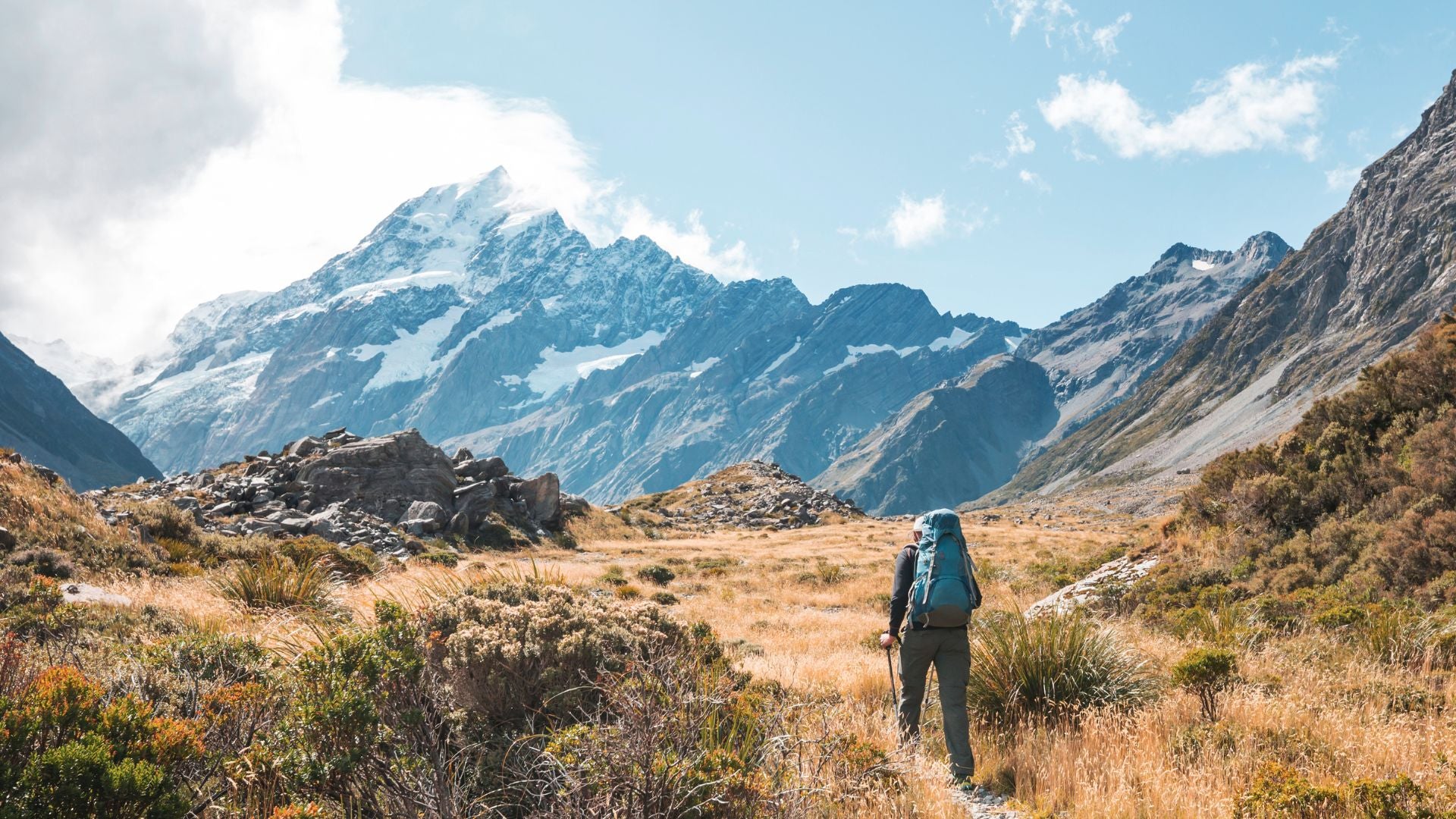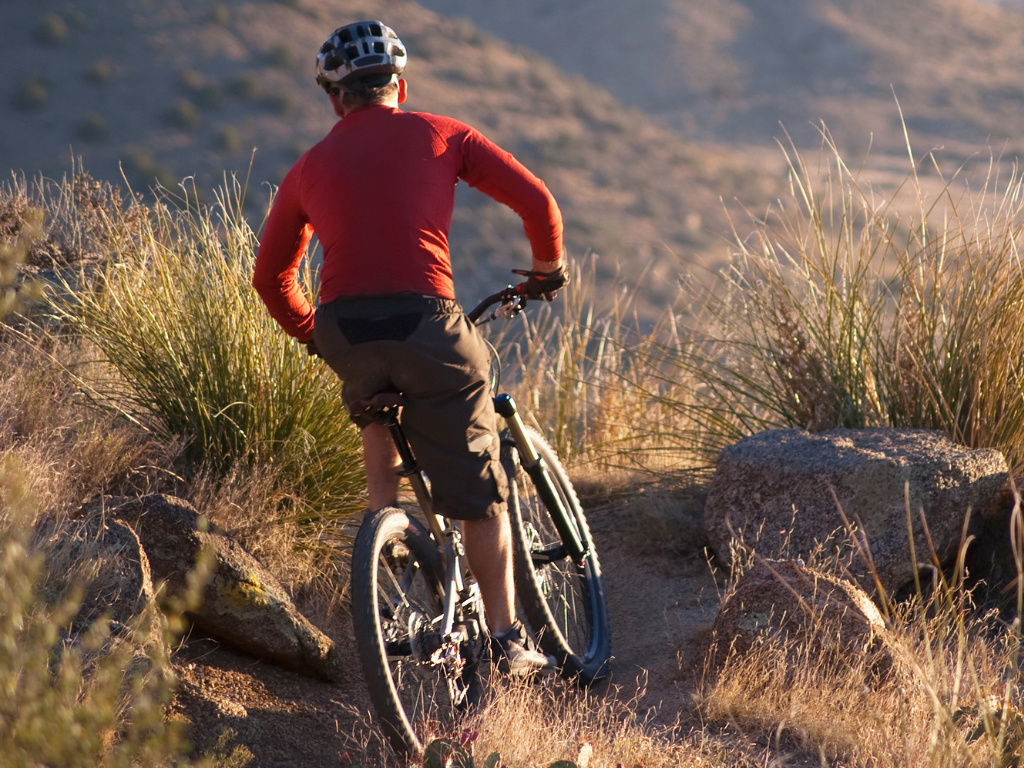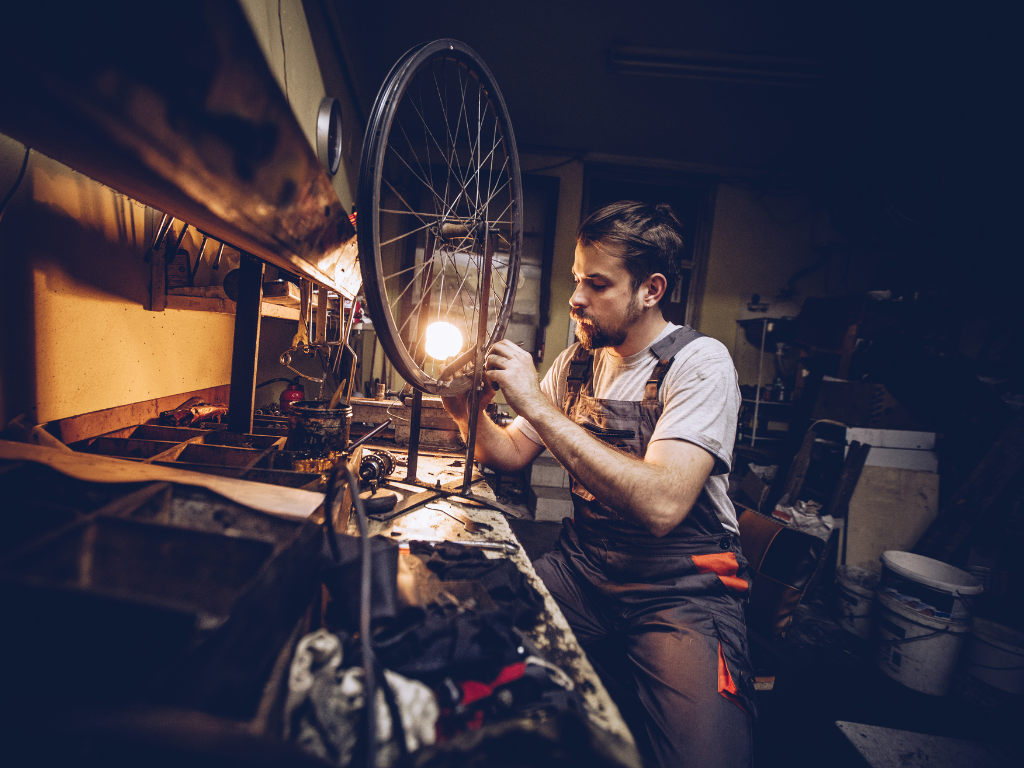
How to Choose a Hiking or Bikepacking Tent for New Zealand
Like anything to do with hiking and bikepacking there are critical variables that need to be considered when deciding on the best tent for your needs. You need to think about:
- Tent size
- Hiking vs Bike packing
- The season
- Cost
- Weight
- Durability
-
Features
1. Tent Size
Start by deciding who will be sleeping in your tent. Tent manufacturers label tents as one, two, three persons etc., but there isn’t an industry standard sizing for the average person. So when choosing your tent, look at its length, width and height. Ideally you want a bit of space above you head and below your feet to allow for some gear storage and to reduce the chance of getting wet from condensation build up, particularly if you have a cheaper single skin tent.
Sometimes a two-person tent is not big enough for two people even if the other person happens to be your special friend. Depending on how much room you want and the weight you want to carry, it might be smart to go up a size to make tent life more pleasant.
2. Hike vs Bikepacking
How and where will you be using your tent? If you're hiking weight is likely to be more of an issue and if you have a bike to carry the load. This awesome Nemo Dragonfly is specially made for bike packing and comes in its own handlebar mounted carry bag.

3. The Season, or Seasons, You’ll Be Using Your Tent
A 3-season tent like this great looking Nemo Aurora 3P is designed to suit the average hiker through the warmer months of the year. It will cope with some snowfall, but it’s not made for it. 3-season tents are usually double skinned and have plenty of insect mesh to keep the mozzies and sandflies out while allowing air in to keep you cool. A 3-season tent is what most hikers and bike packers in New Zealand choose to buy.
A 4-season rating means you can use it year-round, including in snow, low temperatures, and high winds. It will keep you warmer because the tent is made from more solid material and it will cope with a certain amount of snow without collapsing. Even though it has a nominal three season rating this Orson Nomad is built to handle New Zealand’s harsh radically changeable conditions all year round.
If you're hiking at high altitude or in the Southern backcountry you'd be wise to consider a tent like that.
4. Cost vs. Weight vs. Durability
You can pick any two of those things, but don’t expect to get all three in one tent.
Cost
You get what you pay for. If you’re overnight hiking or bikepacking on a regular basis or for extended periods it pays to spend a bit more to get a very high quality tent, like this super popular MSR Hubba-Bubba 2.
Weight
The tent is considered one of the ‘big three’ when we talk about hiking equipment. The big three are the three pieces of equipment that weigh the most - backpack, sleeping bag, and shelter. Weight and cost are often directly related - meaning the lighter the tent the more it costs. The ‘packed weight’ is the important number because it includes the tent, poles, tent pegs, and guy ropes.
Durability
Durable tents are usually heavier. If you are rough on your equipment or the conditions are harsh you may want to consider sacrificing a bit of weight saving to get more durability. A groundsheet will protect it particularly when the ground is rocky or has lots of sharp protrusions.
5. Features
Single Skin or Double Skin
Single skin, or one layer tents, are usually lighter and pack down smaller, but can also have problems with condensation, particularly if you are pushing up against the ends of the tent.
Double skin tents have an inner and outer layer, and are generally slightly heavier, but have fewer problems with condensation.
Front Entry vs. Side Entry
Side entry tents open on one or both sides of the tent, and front entry tents open at the end. if you are sharing a tent with someone else a tent with an opening on each side is a lot easier to live in.
Side entry tents tend to have a bigger vestibule to store your gear, which means that when you get out of your tent in the middle of the night you don’t need to climb over your pack.
Free Standing vs. Non-Free Standing
With a free standing tent the main part of the tent is self-supporting. However its fly (the outer waterproof layer) will usually not be free standing and will need to be pegged.
A non-free standing tent needs to be fully pegged, making it slower to put up and take down, and harder to set up in hard or rocky ground.
Other Features To Consider
- Reflective guys ropes for visibility at night.
- Some tents let you use your trekking poles instead of tent poles, which helps to reduce the overall weight you have to carry.
- Is the vestibule big enough? You need enough room to keep your pack out of the rain.
-
Interior storage pockets to store bits and pieces inside the tent.
One last bit of advice - Practice setting up your tent before you go!
At Outside Sports we have the Southern Lakes best range of top-quality tents from Nemo, Orson, The North Face, MSR, Marmot and Salewa. See them instore at Queenstown, Wanaka, Te Anau or Tekapo, or shop online.



